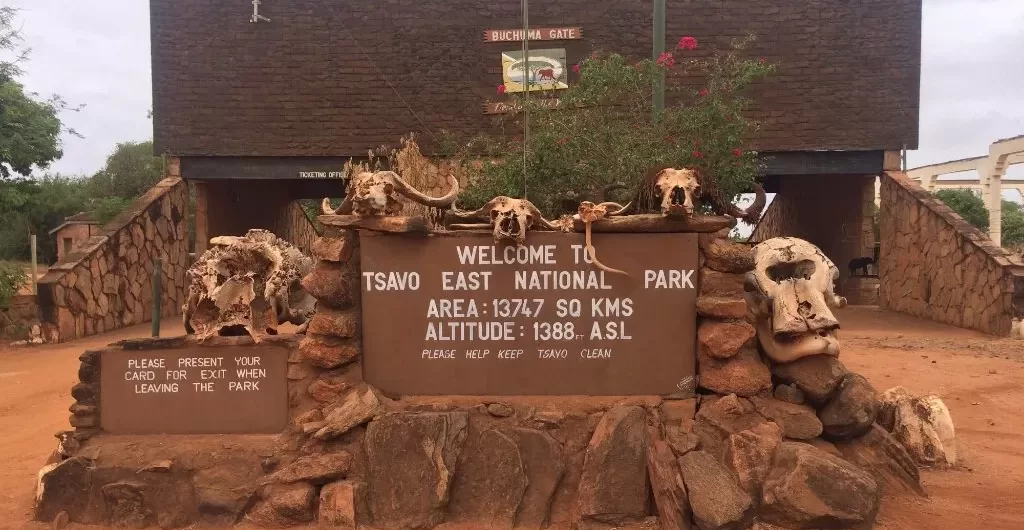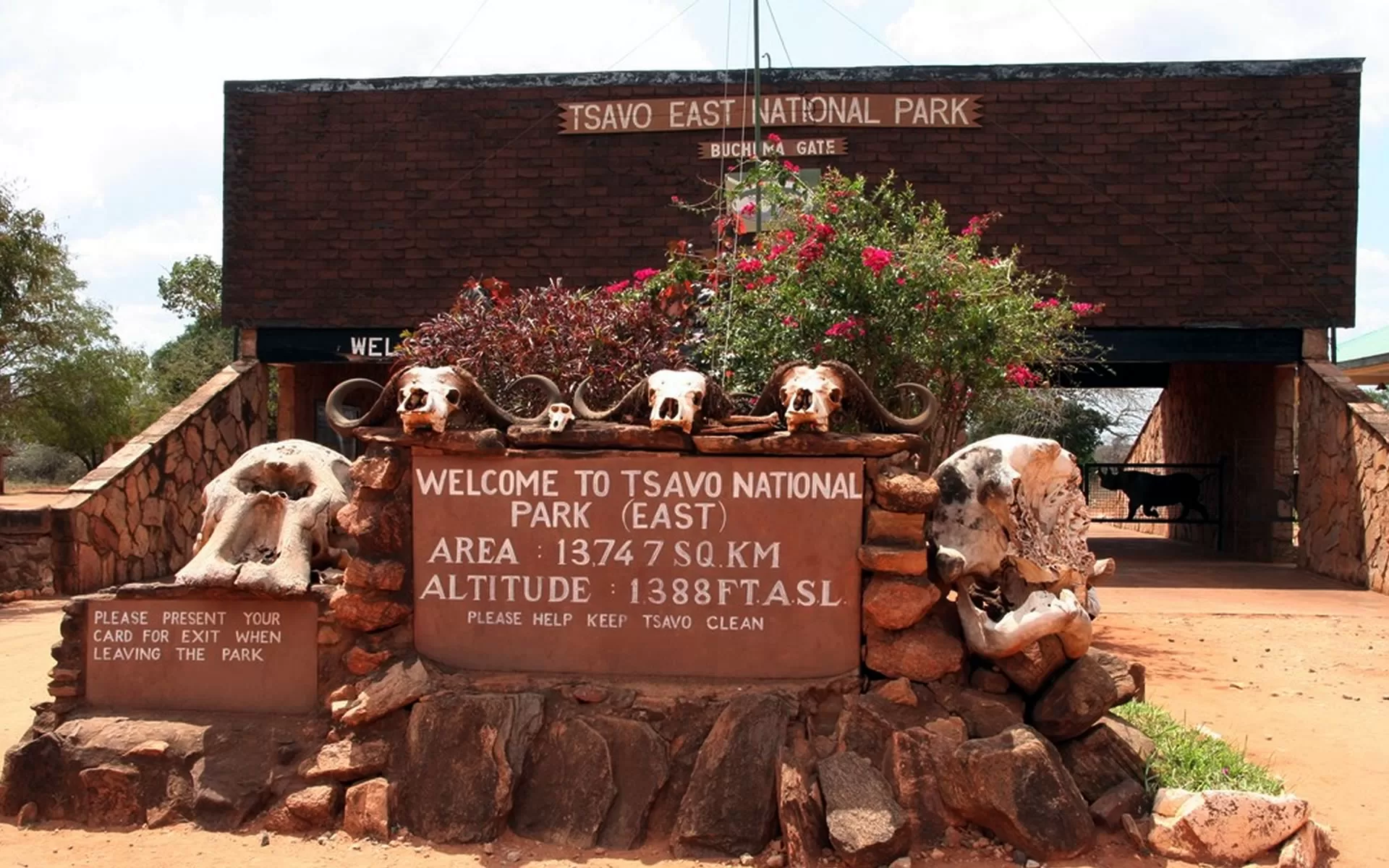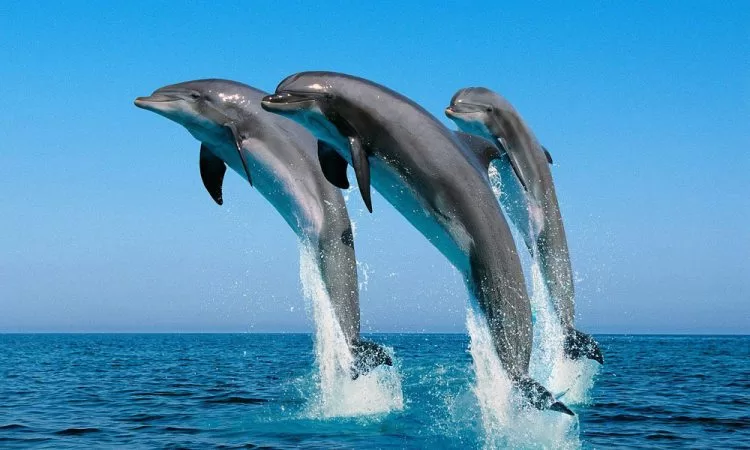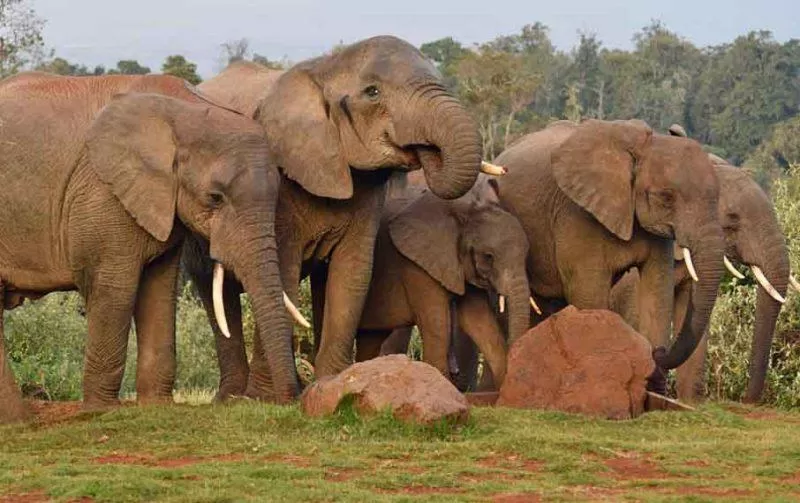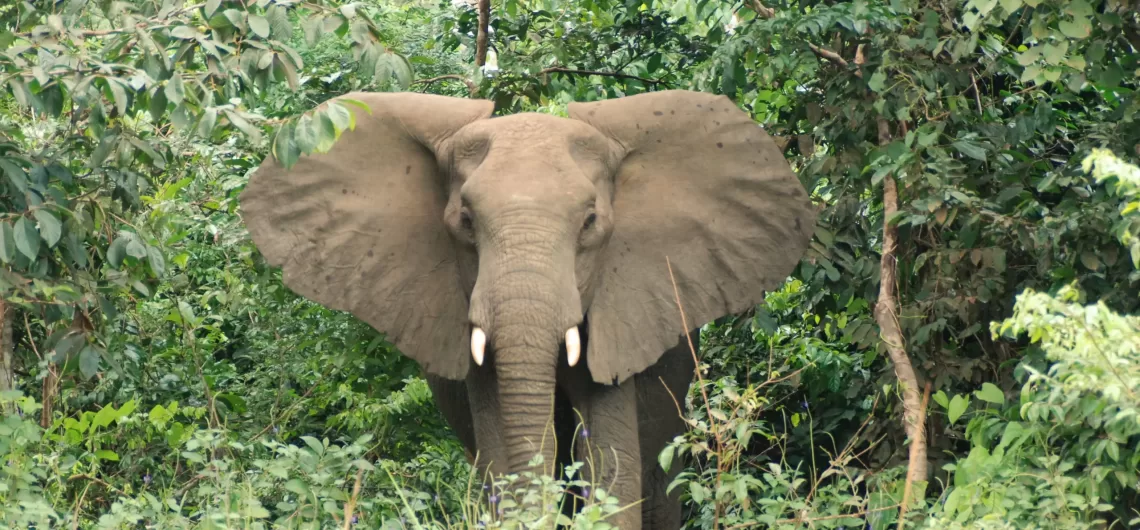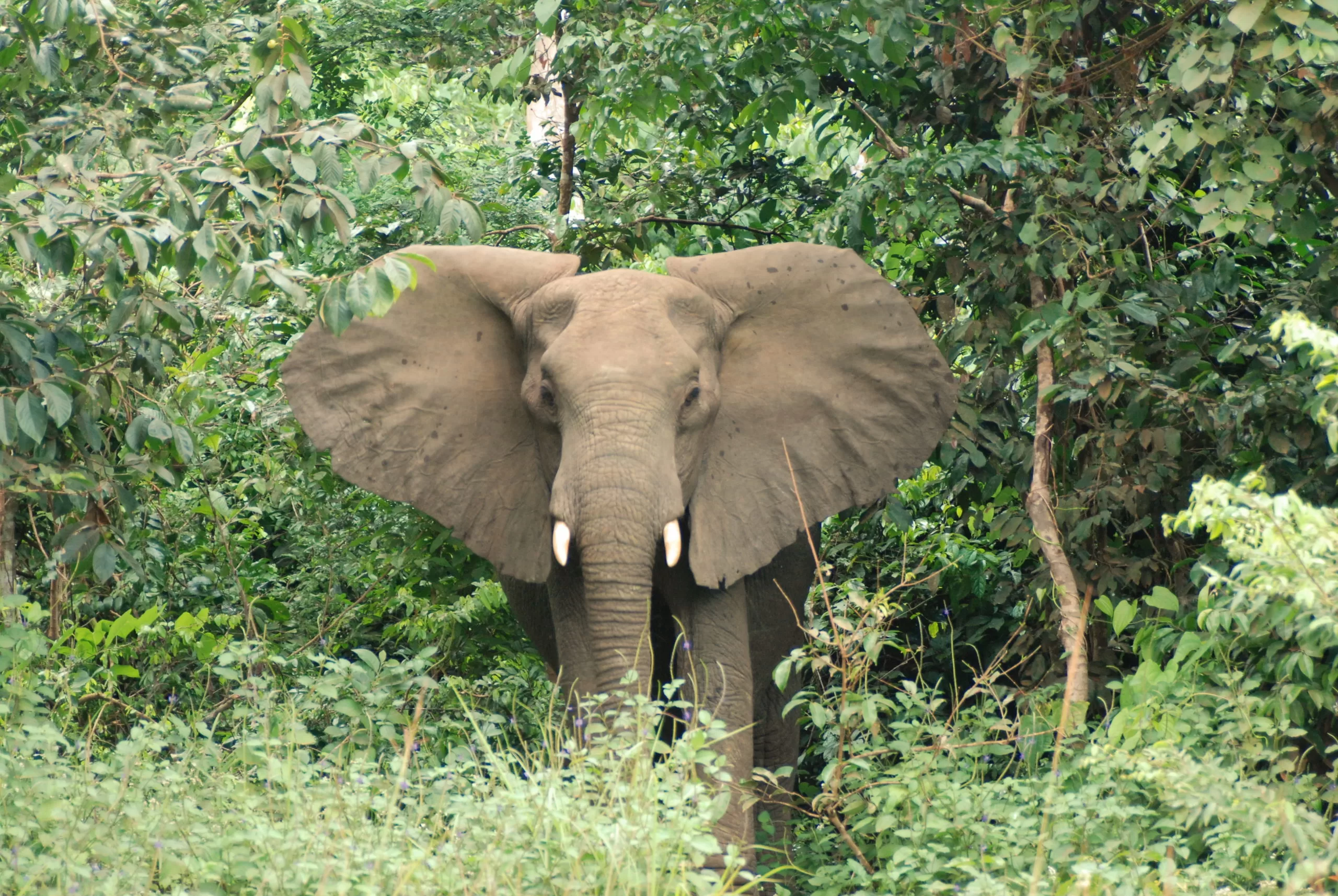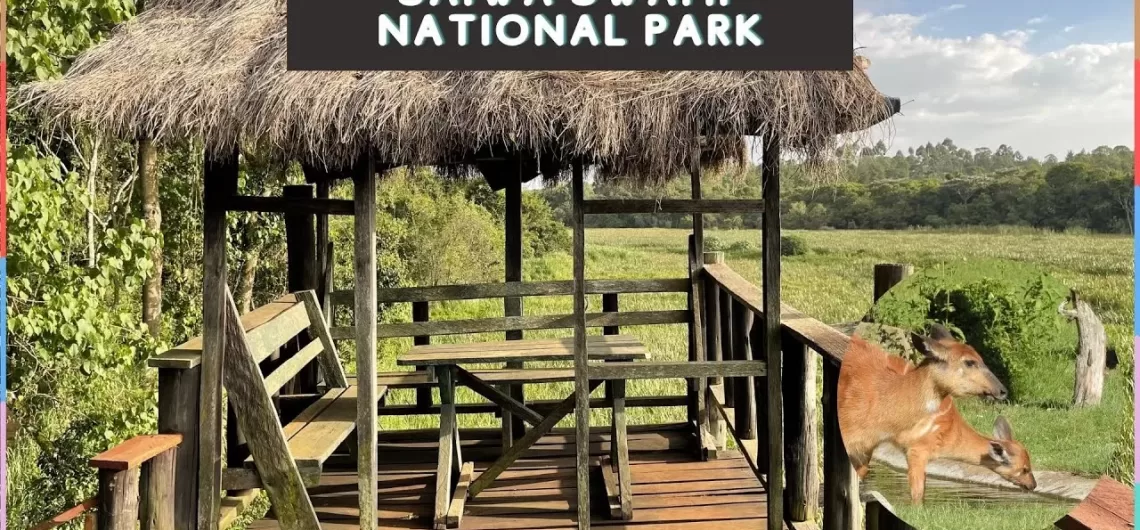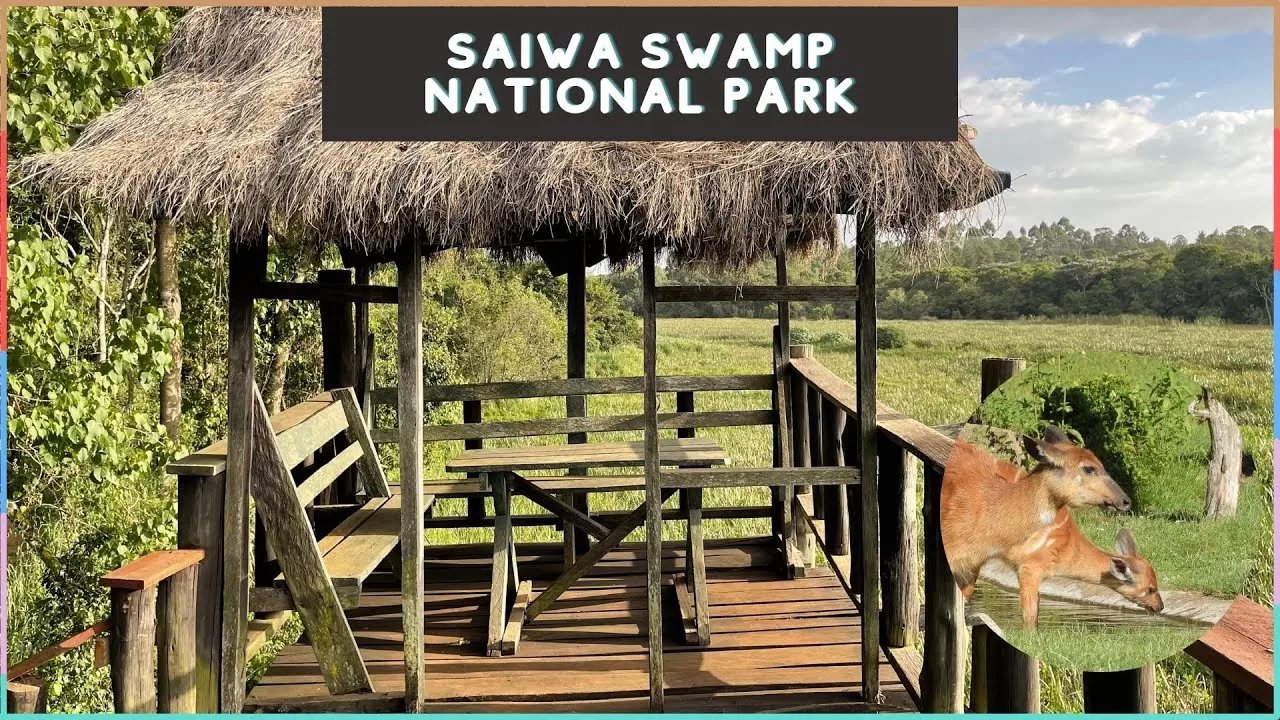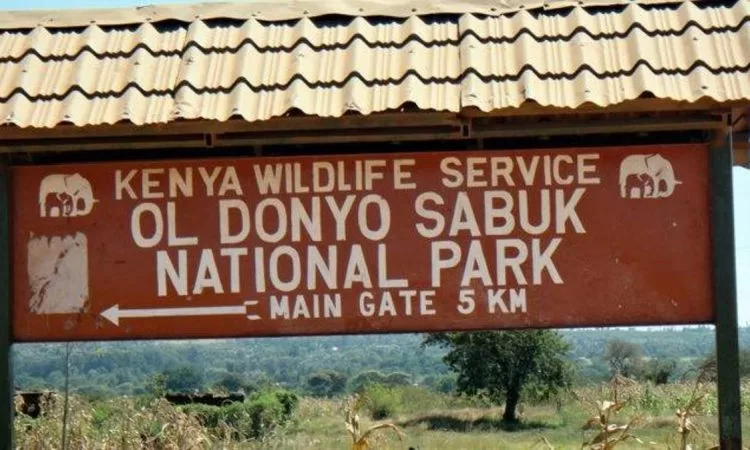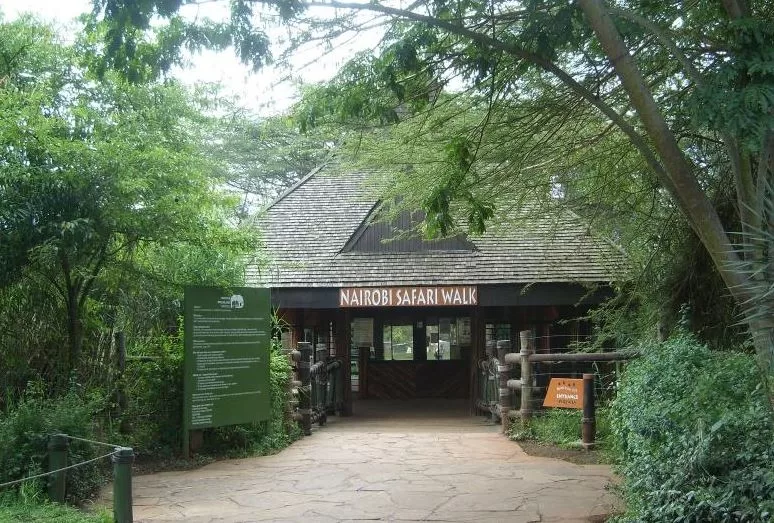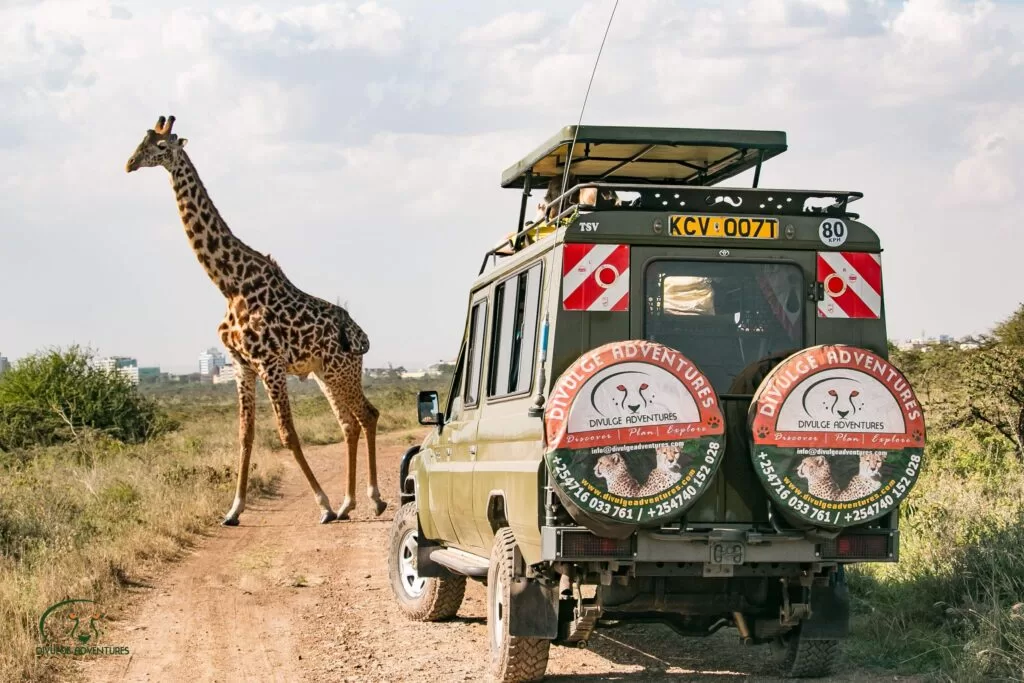Tsavo West
LAND OF LAVA, SPRINGS AND MAN-EATERS.
The joint mass of Tsavo West and Tsavo East National Parks forms one of the largest National Parks in the world and covers a massive 4% of Kenya’s total land area. Tsavo West, the more famous of the two, lies to the west of the Nairobi – Mombasa road, equidistant between Nairobi and Mombasa, and is painted on a sprawling canvas of endless skies, emerald hills, liquid lava flows, palm fringed rivers, teeming wildlife and sparkling oasis set against the unforgettable backdrop of mile upon mile of cloud shadowed African savannah.
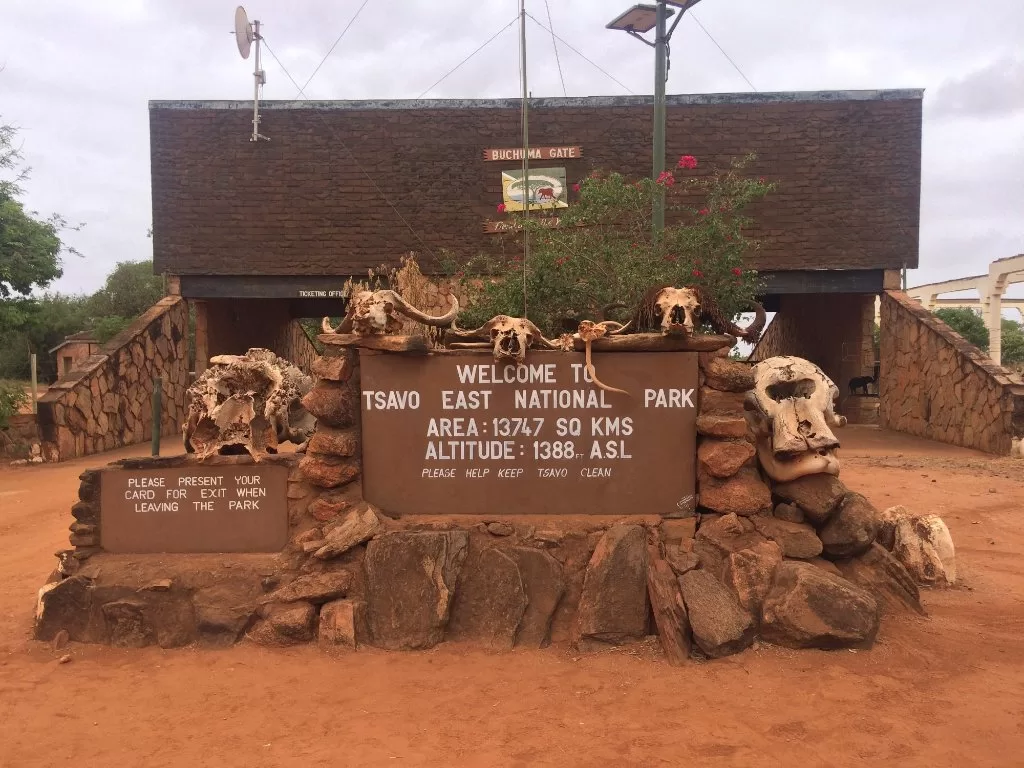
WHAT T0 SEE
The Magic Mzima Springs
The lush, hippo-heaving pools of Mzima Springs, fed daily by 250 million litres of water gushing from the lava flows of the Chyulu Hills provide an oasis of green, an underwater hippo viewing chamber, two nature trails and some unique picnic spots.
Ancient Lands Of Lions And Lava
Tsavo achieved notoriety in 1898 when “the man-eaters of Tsavo 1 a pair of rogue man-eating lions, preyed gruesomely on the builders of the Uganda Railway. Today the Park is more famous for the numerous prides of maneless lions that patrol the plains and police the herbivore herds.
A Vibrant Volcanic Arena:
The molten lava that forms the Shetani Lava Flow spewed from the earth just 200 years ago and its fiery fury was thought by the local people to be the work of the Devil, hence its name which means ‘Devil’ in Swahili. The Chaimu Crater is an alternative volcanic arena (which can be climbed by those who feel fit enough), as are the imposing Ngulia Hills and the enchanting Chyulu Hills.
Finally, the eerie ‘Roaring Rocks‘ are named after the buzz of the cicadas that Inhabit them and the howl of the wind as it rushes past the sheer face of the scarp.
Poacher’s Lookout:
The Park abounds in panoramic vantage points from which to monitor the movement of the herds. The finest is Poacher’s Lookout, a rush- roofed hut, high on a hill with views to eternity.
Glorious Game Drives:
Tsavo offers some of the most magnificent game viewing in the world – vast herds of dust-red elephant, fat pods of hippo, giant crocodile, teeming herds of plains game, a fantasia of bird life and some magical flora.
You could also take in a visit to the Nguila Rhino Sanctuary where Tsavo’s growing population of endangered black rhino are inching their way back from the chasm of extinction that was forced upon them by rampant poaching in the 1960’s.
Alternatively you could explore beautiful Lake Jipe, which lies astride the Kenya -Tanzania border and is teeming with aquatic life. (Boat hire is available). Bird watching is also a major activity in the park.
WHERE T0 STAY (LODGES AND TENTED CAMPS).
Finch Hatton’s Tented Lodge. P.0. Box 24423, Nairobi.
Tel: (Nairobi) +254(20)310335/6 ~ Email: finchhattons@iconnect.co.ke
Voyager Safari Camp. Heritage Hotels, R0. Box 74888, Nairobi.
Tel: +254(20)4446651, 4447929 – Email: info@heritagehotels.co.ke
Kitani Severin Safari Camp. Severin Kenya, P.0. Box 82169, Mombasa.
Tel: +254(4l)48S00l/5 – Email: severin@severin-sea-|odge.com
Ngulia Safari Lodge. Kenya Safari Lodges and Hotels,
P.0. Box 42, Mtito Andei. Tel: +254 (43) 30091, 30000, 30140
Email: nguIialodge@kenya-safari.co.ke
Kilaguni Safari Serena Lodge. Serena Hotels, P.O. Box 48690, Nairobi.
Tel: +254(20)711077, 710511 – Email: mktg@serena.co.ke
SELF CATERING ACCOMMODATION
Kamboyo Guest House: Formerly the Park Warden’s house, consisting of 4 bedrooms, 2 bathrooms; and a caretaker. Reservations are made through the warden or KWS HQ, Nairobi.
Rhino Valley: 6 self catering ’Bandas’or simple cottages.
Tsavo Park Hotel, P.0. Box 244 Voi, Kenya. Tel: + 254(147)30285
E-Mail: info@tsavoparkhotel.com
Kitani Safari Lodge: 8 newly renovated self-catering bandas. Severin Kenya,
P.0. Box 82169 Mombasa, Tel: +254(41)485001/5
Email: severin@severinsealodge.com
Lake Jipe Bandas: (on the shores of Lake Jipe). 3 Self – Catering bandas. Reservations through KWS HQ or the warden.
CAMPING
There are three public campsites (offering water and latrines only) as follows:
Kamboyo campsite (8km from Mtito Andei Gate) and Lake Jipe campsite (on the Lake Shore) and Chyulu campsite (1 km from Chyulu Gate). A wide selection of ’special’or private campsites (no facilities) also exist, and these must be booked in advance on an exclusive use basis. (Reservations through Warden or KWS HQ Nairobi.)
WHEN T0 G0
Tsavo West National Park is accessible by 2WD vehicle and also by air, all year round
WHAT T0 TAKE WITH YOU
Drinking water, picnic items and camping equipment if you intend to stay overnight. Also useful are: binoculars, camera, hat, sunscreen, sunglasses and guidebooks.
PLEASE RESPECT THE WILDLIFE CODE
- Respect the privacy ofthe wildlife, this is their habitat.
- Beware ofthe animals, they are wild and can be unpredictable.
- Don’t crowd the animals or make sudden noises or movements.
- Don’t feed the animals, it upsets their diet and leads to human dependence.
- Keep quiet, noise disturbs the wildlife and may antagonize your fellow visitors.
- Stay in your vehicle at all times, except at designated picnic or walking areas.
- Keep below the maximum speed limit (40 kph/25 mph).
- Never drive off-road, this severely damages the habitat.
- When viewing wildlife keep to a minimum distance of 20 meters and pull to the side of the road so as to allow others to pass.
- Leave no litter and never leave fires unattended or discard burning objects.
- Respect the cultural heritage of Kenya, never take pictures of the local people or their habitat without asking their permission, respect the cultural traditions of Kenya and always dress with decorum.
- Stay over or leave before dusk, visitors must vacate the Park between 7.00pm – 6.00am unless they are camping overnight. Night game driving is not allowed.
HOW T0 GET THERE
By Road:
The Park (Mtito Andei Gate) is 232 km south of Nairobi and 250 km north of Mombasa on the main Nairobi – Mombasa Road.
Gates: The following entry gates exist: Tsavo, Lake Jipe, Mtito Andei (Kamboyo HQ), Chyulu, Maktau and Ziwani.
By Air:
There are 3 airstrips in the Park.
Open: Daily 6.00am – 7.00pm. Note: No entry is allowed on foot, and visitors will not be allowed into the Park after 6.15pm.
Current entry charges:
Obtainable via KWS HQ: Tel: +254(20)6000800, 6002345 Fax: +254(20)6007024
Email: marketing@kws.go.ke – website: www.kws.go.ke
‘Safari Card‘ required?
Entry is by SafariCard only. SafariCards may be loaded (but not obtained) at Mtito Andei Gate.
The Warden: P.0. Box 71, Mtito Andei. Tel: (Mtito Andei) +254(456)22120, 22483
